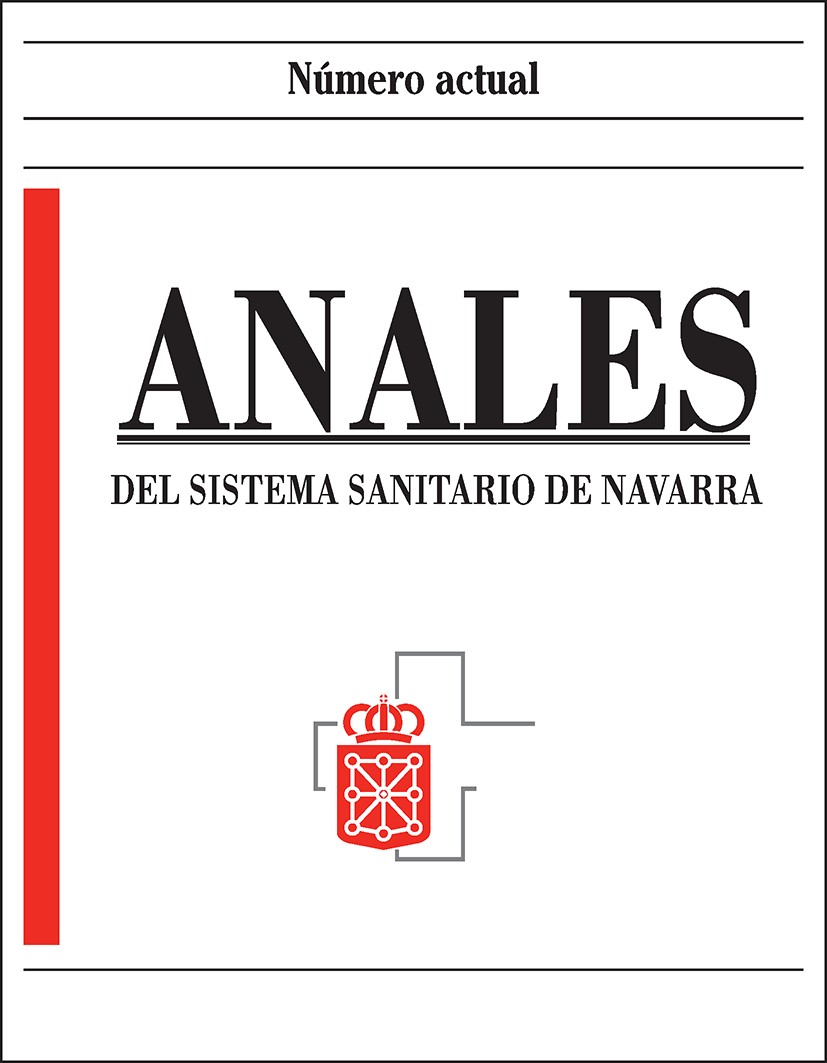A new midline closure technique without skin sutures: Long-term outcomes of primary repair of pilonidal sinus disease
DOI:
https://doi.org/10.23938/ASSN.1073Keywords:
Sinus Pilonidal, Wound Closure Techniques, Sutureless Surgical Procedures, Treatment OutcomeAbstract
Background. Currently, the focus regarding pilonidal sinus disease is put on the treatment techniques. The aim of the study is to compare postoperative long-term complications and recurrence of two surgical techniques.
Material and methods. From February 2015 to December 2020, male patients with pilonidal sinus disease attended at two general surgery outpatient centers were randomly assigned to either Group 1 (n=80; excision and primary closure) or Group 2 (n=80; excision and midline closure without skin sutures). Patients with recurrent or complicated pilonidal sinus or with prior surgical procedures were excluded from the study. Intergroup postoperative results and recurrence throughout the follow-up period were analyzed.
Results. Significant decrease (p<0.001) in the duration of the surgical procedure (35 to 25 minutes), length of hospital stay (one day to the day of the surgery), and of the time required to return to work (15 to 12 days) was seen for Group 2 patients. The complication rate (wound infection and seroma) was lower in Group 2 compared to Group 1 (n = 3; 3.7% vs n = 10; 12.5%; p = 0.014). During the five-year mean follow-up, five patients (6.2%) in Group 1 had recurrence compared to none in Group 2 (p = 0.023).
Conclusions. Midline primary closure method without skin sutures - easy to learn and implement and has no complication or recurrence in the long-term follow-up - may be an ideal method in cases where excision and primary repair is planned, especially in patients with sinus orifices located in the midline.
Downloads
References
MAYO OH. Observations on injuries and diseases of the rectum. London: Burgess and Hill, 1883; 45-46. [Cited by: DA SILVA JH. Pilonidal cyst: cause and treatment. Dis Colon Rectum 2000; 43(8): 1146-1156. https://doi.org/10.1007/bf02236564]
HODGE RM. Pilonidal sinus. Boston Medical Surg J 1880; 103: 485-486. [Cited by: DA SILVA JH. Pilonidal cyst: cause and treatment. Dis Colon Rectum 2000; 43(8): 1146-1156. https://doi.org/10.1007/bf02236564]
PATEY DH AND SCARFF RW. Pathology of postanal pilonidal sinus; its bearing on treatment. Lancet 1946; 2: 484-486. (Cited from: WILLIAMS NS. Bailey & Love’s short Practice of Surgery. In: RUSSELL RCG, WILLIAMS NS, BULSTRODE CJK, editores. The anus and anal canal. London: Arnold Publishers, 2004; 1242-1271).
MARZOUK DM, ABOU-ZEID AA, ANTONIOU A, HAJI A, BENZIGER H. Sinus excision, release of coccycutaneous attachments and dermal-subcuticular closure (XRD procedure). A novel technique in flattening the natal cleft in pilonidal sinus treatment. Ann R Coll Surg Engl 2008; 90: 371-376. https://doi.org/10.1308/003588408x285955
AKINCI OF, COSKUN A, UZUNKÖY A. Simple and effective surgical treatment of pilonidal sinus: asymmetric excision and primary closure using suction drain and subcuticular skin closure. Dis Colon Rectum 2000; 43: 701-706. https://doi.org/10.1007/bf02235591
ARMSTRONG JH, BARCIA PJ. Pilonidal sinus disease. The conservative approach. Arch Surg 1994; 129: 914-917. https://doi.org/10.1001/archsurg.1994.01420330028006
BASCOM J. Pilonidal disease: origin from follicles of hairs and results of follicle removal as treatment. Surgery 1980; 87: 567-572.
ZIMMERMAN CE. Outpatient excision and primary closure of pilonidal cysts and sinuses: Long-term follow-up. Am J Surg 1984; 148: 658-659. https://doi.org/10.1016/0002-9610(84)90346-5
AL- JABERI TM. Excision and simple primary closure of chronic pilonidal sinus. Eur J Surg 2001; 167: 133-135. https://doi.org/10.1080/110241501750070600
AYDEDE H, ERHAN Y, SAKARYA A, KUMKUOGLU Y. Comparison of three methods in surgical treatment of pilonidal disease. ANZ J Surg 2001; 71: 362-364.
TOUBUNAKIS G. Treatment of pilonidal sinus disease with the Z plasty procedure (modified). Am J Surg 1986; 52: 611-612.
DALENBÄCK J, MAGNUSSON O, WEDEL N, RIMBÄCK G. Prospective follow-up after ambulatory plain midline excision of pilonidal sinus and primary suture under local anesthesia- efficient, sufficient and persistent. Colorectal Dis 2004; 6: 488-493. https://doi.org/10.1111/j.1463-1318.2004.00693.x
TOCCHI A, MAZZONI G, BONONI M et al. Outcome of chronic pilonidal disease treatment after ambulatory plain midline excision and primary suture. Am J Surg 2008; 196: 28-33. https://doi.org/10.1016/j.amjsurg.2007.05.051
ABRAMSON DJ. An open, semiprimary closure operation for pilonidal sinuses, using local anesthesia. Dis Colon Rectum 1970; 13: 215-219. https://doi.org/10.1007/bf02617211
PETERSEN S, KOCH R, STELZNER S, WENDLANDT TP, LUDWIG K. Primary closure techniques in chronic pilonidal sinus: a survey of the results of different surgical approaches. Dis Colon Rectum 2002; 45: 1458-1467. https://doi.org/10.1007/s10350-004-6451-2
KARYDAKIS GE. Easy and successful treatment of pilonidal sinus after explanation of its causative process. Aust NZ J Surg 1992; 62: 385-389. https://doi.org/10.1111/j.1445-2197.1992.tb07208.x
ABU GALALA KH, SALAM IM, ABU SAMAAN KR et al. Treatment of pilonidal sinus by primary closure with a transposed rhomboid flap compared with deep suturing: a prospective randomized clinical trial. Eur J Surg 1999; 165: 468-472. https://doi.org/10.1080/110241599750006721
Downloads
Published
How to Cite
Issue
Section
License
Copyright (c) 2024 Anales del Sistema Sanitario de Navarra

This work is licensed under a Creative Commons Attribution-ShareAlike 4.0 International License.
La revista Anales del Sistema Sanitario de Navarra es publicada por el Departamento de Salud del Gobierno de Navarra (España), quien conserva los derechos patrimoniales (copyright ) sobre el artículo publicado y favorece y permite la difusión del mismo bajo licencia Creative Commons Reconocimiento-CompartirIgual 4.0 Internacional (CC BY-SA 4.0). Esta licencia permite copiar, usar, difundir, transmitir y exponer públicamente el artículo, siempre que siempre que se cite la autoría y la publicación inicial en Anales del Sistema Sanitario de Navarra, y se distinga la existencia de esta licencia de uso.








